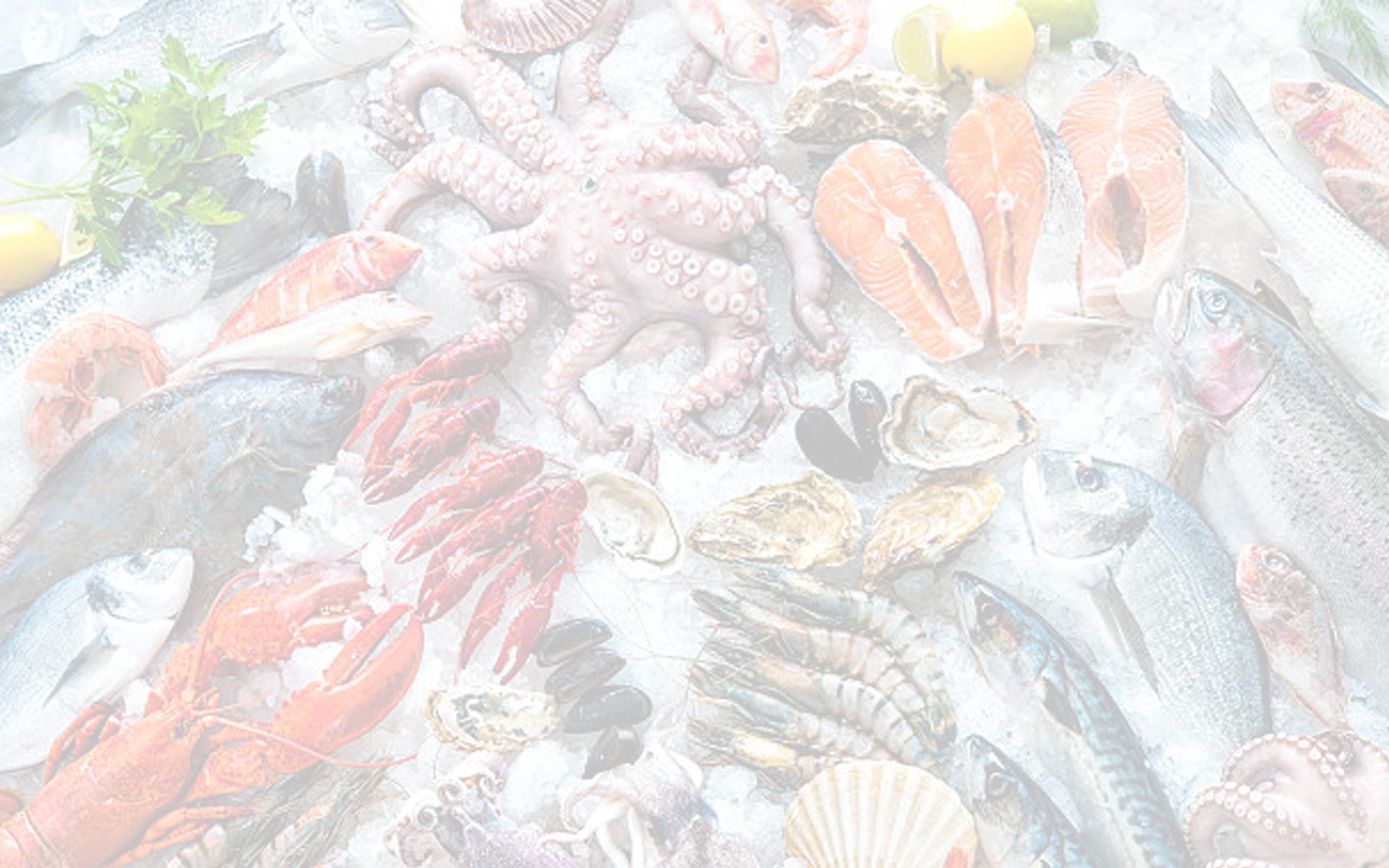




The chub mackerel, Pacific mackerel, or Pacific chub mackerel (Scomber japonicus) is a species of fish in the tuna and mackerel family, Scombridae. This species of mackerel closely resembles the Atlantic chub mackerel. The chub mackerel has a well-developed swim bladder attached with the esophagus, which the "true mackerels" in the genus Scomber lack, and a characteristic color difference is seen between the chub and the Atlantic chub, the latter being silvery-sided below the midline, whereas the lower part of the sides of the chub (otherwise colored somewhat like the Atlantic) are mottled with small dusky blotches, and the chub has a larger eye than the Atlantic.
Chub mackerel school like Atlantic mackerel, and their feeding habits are much the same, eating the same species of pelagic crustaceans and Sagittae that the mackerel had taken at the same time and place. They follow thrown bait as readily and bite quite as greedily as Atlantic mackerel do. Their breeding habits have not been studied. Chub mackerel are widespread in the Indo-Pacific.


Okhotsk sea (nearby Kuril islands)
February-July
Whole round, head off
Cookery, canning, smoking, preserves
They are absent from the Indian Ocean except for South Africa from KwaZulu-Natal to Western Cape, and are replaced by the closely related Atlantic chub mackerel in the Atlantic. The chub mackerel is widely distributed, usually found in the northwestern, southeastern, and northeastern Pacific. In the eastern Pacific, it can be found from central Mexico to southeastern Alaska. According to nutrition specialists, the chub mackerel is a healthy meal, high in protein and rich in omega-3 and unsaturated fatty acids.


10kgs per block, 2 blocks per master carton
Due to its high energy and protein intake, and low carbohydrate value, it is recommended in the diets of growing children and pregnant women, although it may contain high levels of heavy metals. In the kitchen and market, the fish is in the best condition if the meat is firm and the eyes are clear with the colors bright. For the most part, it is eaten fresh, but can be seen pickled or frozen.

The chub mackerel, Pacific mackerel, or Pacific chub mackerel (Scomber japonicus) is a species of fish in the tuna and mackerel family, Scombridae. This species of mackerel closely resembles the Atlantic chub mackerel. The chub mackerel has a well-developed swim bladder attached with the esophagus, which the "true mackerels" in the genus Scomber lack, and a characteristic color difference is seen between the chub and the Atlantic chub. The lower part of the sides of the chub are mottled with small dusky blotches, and the chub has a larger eye than the Atlantic.

Chub mackerel school like Atlantic mackerel, and their feeding habits are much the same, eating the same species of pelagic crustaceans and Sagittae that the mackerel had taken at the same time and place. They follow thrown bait as readily and bite quite as greedily as Atlantic mackerel do. Their breeding habits have not been studied. Chub mackerel are widespread in the Indo-Pacific.

Okhotsk sea (nearby Kuril islands)
February-July
Whole round, head off
Cookery, canning, smoking, preserves

They are absent from the Indian Ocean except for South Africa from KwaZulu-Natal to Western Cape, and are replaced by the closely related Atlantic chub mackerel in the Atlantic. The chub mackerel is widely distributed, usually found in the northwestern, southeastern, and northeastern Pacific. In the eastern Pacific, it can be found from central Mexico to southeastern Alaska. According to nutrition specialists, the chub mackerel is a healthy meal, high in protein and rich in omega-3 and unsaturated fatty acids.

10kgs per block, 2 blocks per master carton
Due to its high energy and protein intake, and low carbohydrate value, it is recommended in the diets of growing children and pregnant women, although it may contain high levels of heavy metals. In the kitchen and market, the fish is in the best condition if the meat is firm and the eyes are clear with the colors bright. For the most part, it is eaten fresh, but can be seen pickled or frozen.



Keep In Touch
Tel: +52 (1) 998 225 3417
S.M. 312, Residencial Isla Azul, calle Santa Lucia, casa 6
– N. Int 6
C.P. 77560 Cancún – Quintana Roo